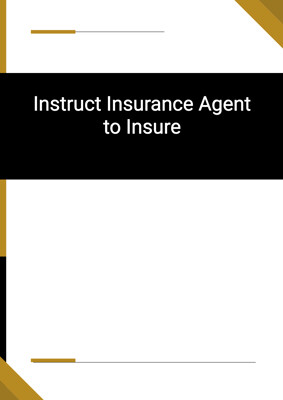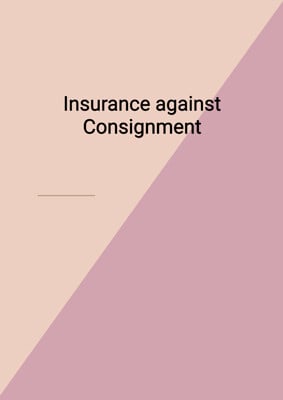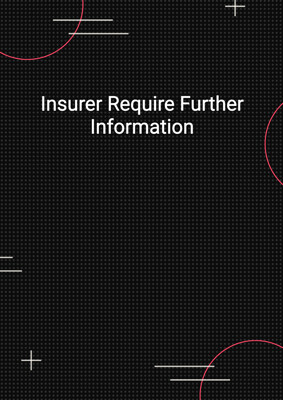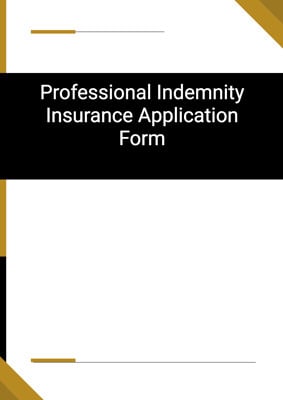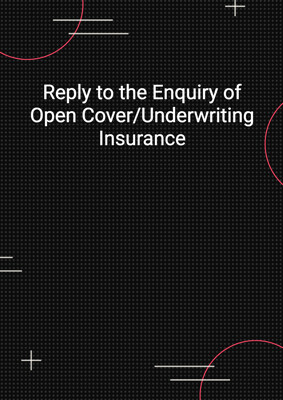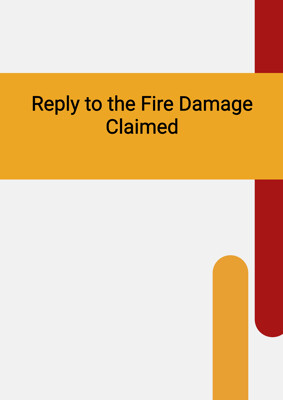How to Tailor the Document for Your Need?
01
Create Document
Click "Create Document" button and the document will be prepared with your account details automatically filled in.
02
Fill Information
Please fill in any additional information by following the step-by-step guide on the left hand side of the preview document and click the "Next" button.
03
Get Document
When you are done, click the "Get Document" button and you can download the document in Word or PDF format.
04
Review Document
Please review the document carefully and make any final modifications to ensure that the details are correct before sending to the addressee.
Document Preview
Document Description
The document titled 'Fire Insurance Claim Damage' is an important document that serves the purpose of reporting a fire incident and requesting an insurance claim for the damage caused. The document starts with the account holder's personal information, including their first name, last name, job title, and company. This information is necessary to identify the sender of the claim.
The document also includes the current date, which indicates the date when the claim is being submitted. This helps in maintaining a record of when the incident occurred and when the claim was initiated.
The main body of the document is a letter addressed to the insurance company. The letter begins with a formal salutation, addressing the recipient as 'dear sir/madam.' This sets the tone for a professional and respectful communication.
The letter then proceeds to provide the necessary details about the fire incident. It mentions the policy number associated with the insurance coverage, which helps in identifying the specific policy under which the claim is being made.
The document explains that a fire broke out in the sender's factory stores, and the cause of the fire is mentioned as 'cause.' This information is crucial for the insurance company to assess the situation and determine the coverage applicable.
The sender estimates the damage to the stock caused by the fire to be about 'damage.' This estimation helps the insurance company in evaluating the financial impact of the incident and processing the claim accordingly.
The document also highlights that no records were destroyed in the fire, ensuring that there will be no difficulty in assessing the value of the loss. This information reassures the insurance company that accurate calculations can be made to determine the claim amount.
The sender requests the insurance company to arrange for their representative to visit the premises and provide instructions regarding salvage. This step is essential for the insurance company to assess the extent of the damage and determine the appropriate course of action.
The document concludes with a formal closing, using the phrase 'yours faithfully' followed by the account holder's first name. This closing maintains a professional tone and signifies the sender's trust in the insurance company's prompt response and assistance.
In summary, the document 'Fire Insurance Claim Damage' is a detailed report of a fire incident and a request for an insurance claim. It includes all the necessary information, such as personal details, policy number, cause of the fire, estimated damage, and a request for a representative to assess the situation and provide salvage instructions.
How to use this document?
1. Provide personal information: Fill in the account holder's first name, last name, job title, and company in the designated fields.
2. Enter the current date: Fill in the current date in the specified format.
3. Address the insurance company: Begin the letter with a formal salutation, addressing the recipient as 'dear sir/madam.'
4. Mention the policy number: Enter the policy number associated with the insurance coverage.
5. Describe the fire incident: Provide details about the fire incident, including the cause of the fire.
6. Estimate the damage: Specify the estimated damage to the stock caused by the fire.
7. Assure no record destruction: Mention that no records were destroyed in the fire, ensuring easy assessment of the loss.
8. Request representative visit: Ask the insurance company to arrange for their representative to visit the premises and provide salvage instructions.
9. Close the letter: Conclude the letter with a formal closing, using the phrase 'yours faithfully' followed by the account holder's first name.
Not the right document?
Don’t worry, we have thousands of documents for you to choose from:











